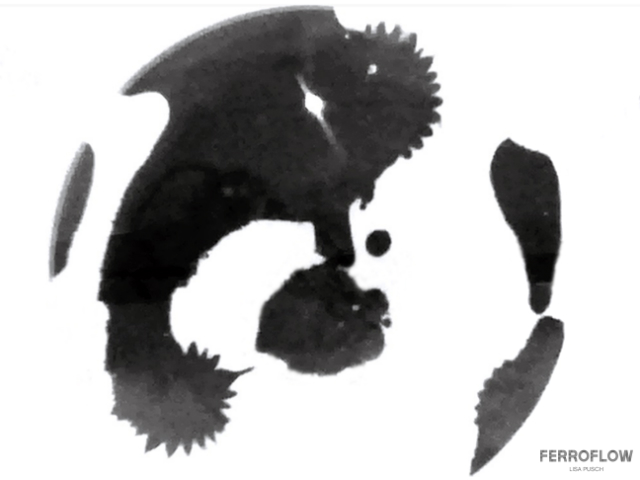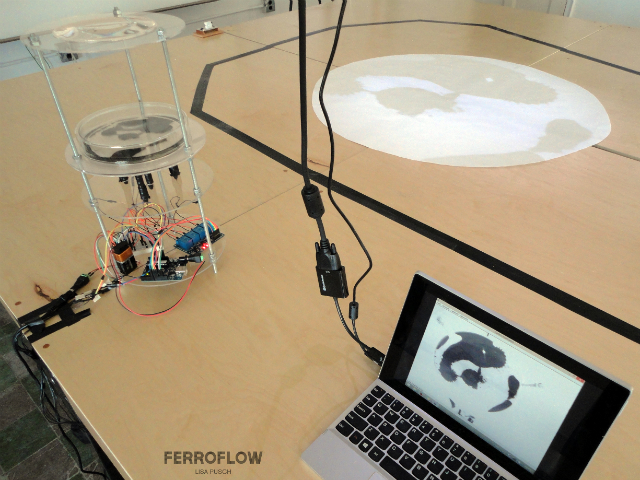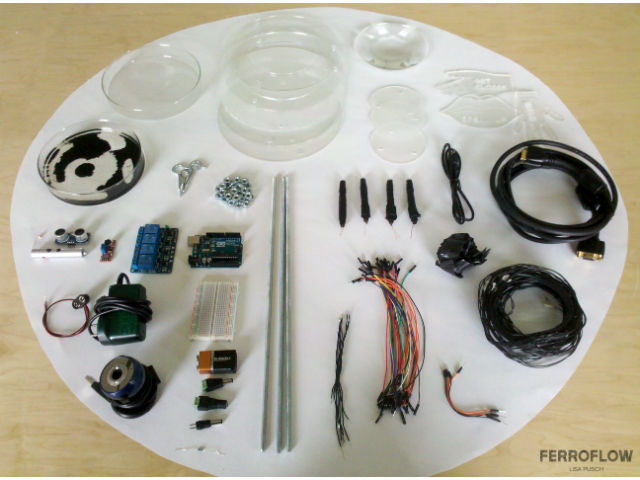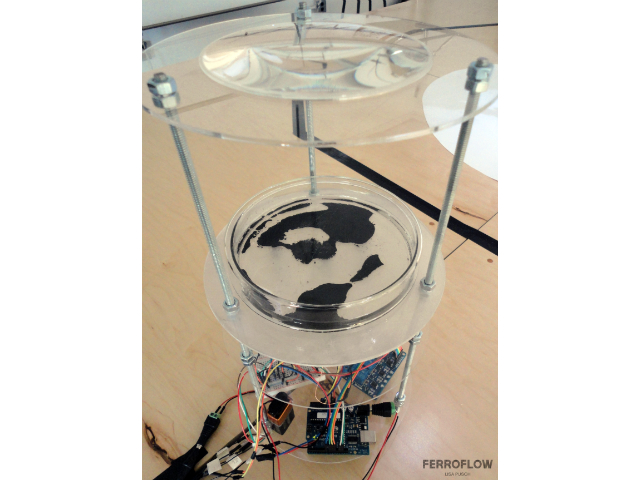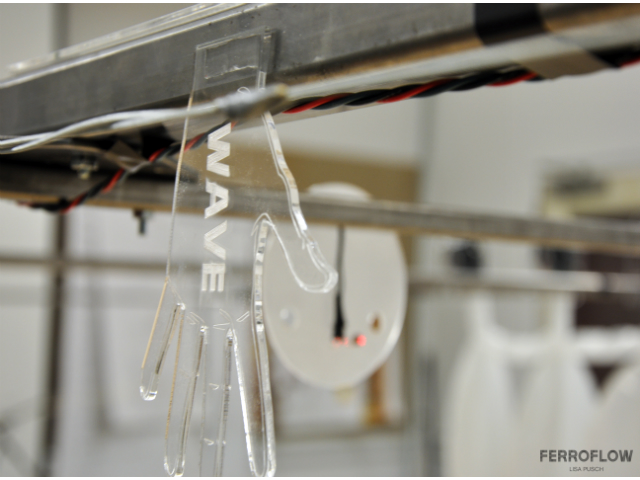Lisa Pusch
Networked Ecologies: On the Ruse and the Exploit Studio l Prof. Mark Shepard l University at Buffalo l Spring 2014
"An action is ‘social’ if the acting individual takes account of the behavior of the other.” Max Weber
Social systems are essential. Evolving from an action between two actors, into behavior, relations and interaction the complexity increases up to social networks. How can they be analyzed? What are characteristics? Which relations and interactions are existing? Can they be weighted and distinguished? How? Are there specific events or pattern?
ANALYSIS
Every network has specific characteristics – influenced by the actors, the type of relations, its overall organization and context as well as by rules and events. The set of rules of this specific network, Rotaract, is well defined. The backbone is a hierarchical structure, organizing the actors in clubs, districts and zones all around the world. By nature, there are several levels, or scales, which can be analyzed and which also interact. Additionally clubs and actors exchange with other networks or groups; of their city, of their partner club or of their personal networks: New cooperation and synergies can evolve.
ANALOGY
There are three particular events and characteristics, in the local club of the Rotaract network: Firstly the entry / leaving of an actor, secondly the work on a sequential project and thirdly the establishment of a new projects. Adding / deleting a node is a known event in this network, so it causes as simple pattern. The event of a sequential project is more complex: Even if the process the same, the context may have changed: New edges have to be established. Starting a new project is the most complex event: Especially nodes to actors outside the club are created.
MATERIALIZATION
Finding a way of controlling the pattern, magnetism and specifically Ferro fluid, a liquid made of magnetic solids, surfactant and carrier seems to have all the desired attributes. It is controllable and immaterial. The materialization's abstraction is emphasized by the high contrast between the transparent materials, the black parts, Ferro fluid and the electromagnets, and the colourful parts of the Arduino.
Observing the movement of the liquid in the petri dish through the lens or the projections connotes firstly the several scales and levels of the social organization as well as the act of social network analysis itself. The model responds to the interest of understanding and mapping social networks in order to use their events and characteristics to capitalize them visually.

